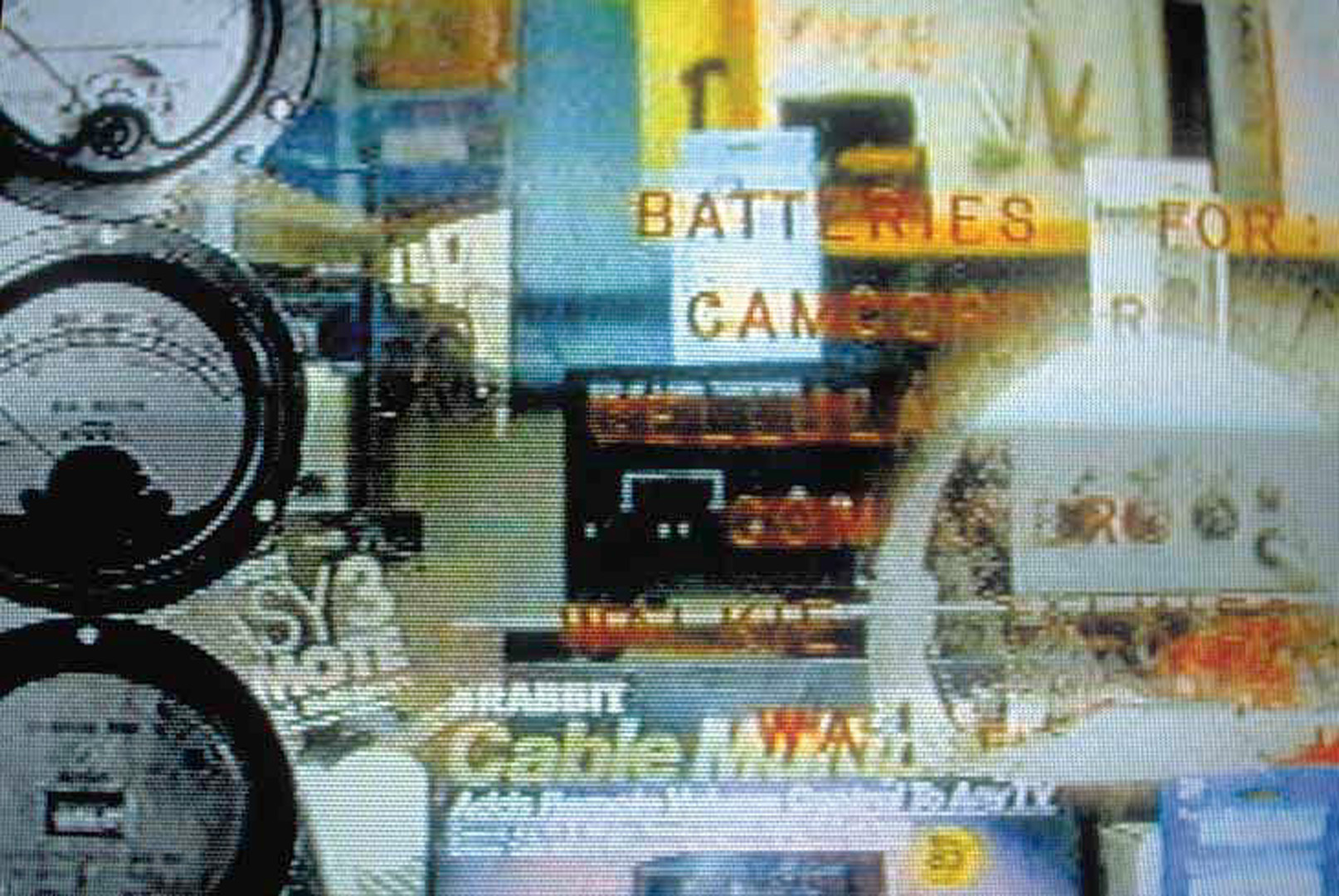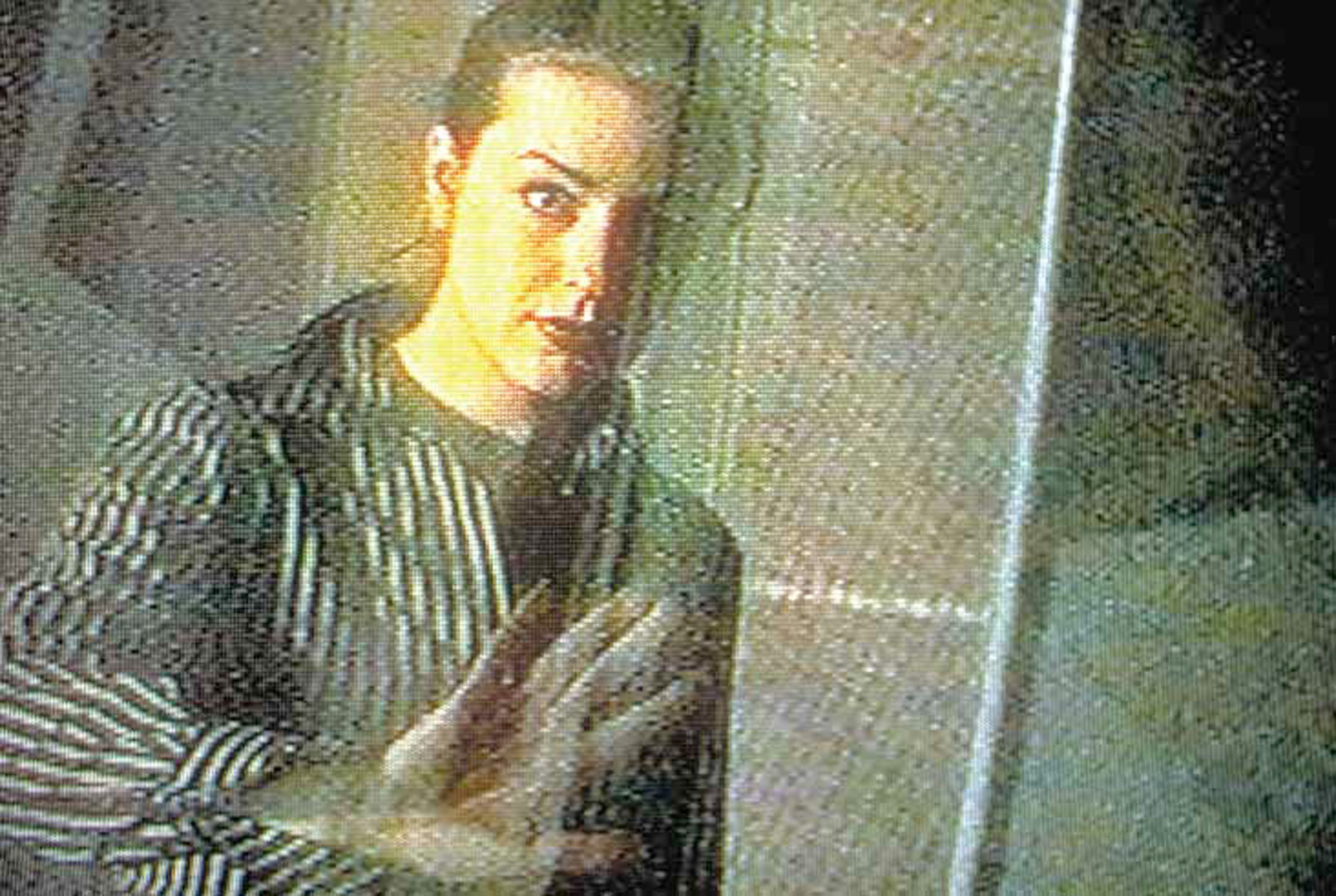“Projec(tions)” by Yelle
Conference:
- SIGGRAPH 1996
-
More from SIGGRAPH 1996:


Type(s):
Entry Number: 20
Title:
- Projec(tions)
Program Title:
- Digital Bayou
Presenter(s):
Collaborator(s):
- Christopher Kirwan
- Edward Lucero
- Lina Kutsovskaya
- Cheyney Robinson
- Robert Kirwan
- Richard Day
- James Morrison
- Robert (Bob) Seetin
Project Affiliation:
- Parsons School of Design
Description:
Projec(tions) is a collaboration by a small group of students and faculty at Parsons School of Design focused on creating an interactive map of New York City that represents the new television medium and human interface of the future.
The conspicuous challenge cultivated by emerging technologies remains the human (analog) to computer (digital) interface. What should the “look and feel” of new digital environments look and feel like? The answer to this question demands a qualitative response. It requires an understanding of the capabilities of a billion instructions per second in microprocessors and a billion more instructions per second calculated by the five human senses.
It is an issue of how one communicates “usable” information to the other. After all, most information is rendered “useless”and unperceived by our conscious minds. We naturally censor the white-noise in our environment. The euphoria of a million web broadcasters may be a boon to information access until one feels the weight of a global population announcing “Hello World!” in digital sight and sound.
The sensory hunt is on, and our nervous systems are the prey.
Projec(tions) designs and constructs the infrastructure of an immersive interactive environment based on the challenges and opportunities provoked by new media. An urban environment is used to reconstruct an interface and content-delivery mechanism that is naturally sensory-rich and interactive.
A metropolis inherently displays the characteristics that describe the “look and feel” of new digital experiences. Urban environments are already multimedia-ready, inherently multiuser, spatially immersive, and repositories of an infinite layering of information and content. (Are there not “eight million stories in the naked city?”) City inhabitants and tourists alike navigate this environment extracting and censoring the data they need. While one user seeks explicitly defined facts, another can wander through sight and sound appreciating the knowledge gathered by casual perception.
The intention of Projec(tions) is to generate a digital infrastructure that blurs the boundaries between interface and content, human and computer, and broadcaster and receiver. The required interface to contain and organize near infinite bytes of content becomes transparent by creating a mediator that is equally sensory-rich. To further this natural interface, literal translations of the human body are used to aid in navigation and comprehension of content. A digital language is mapped by an anthropomorphic one. Our infrastructure is open to scripts of images and sound, allowing users to deposit their own messages and meaning.
The Projec(tions) interface is intended for use with a variety of input devices and numerous audio/visual components. It does not move toward mastery of one technology over the other. The paramount concern here is the relationship of human perception augmented by digital environments.
Additional Images:






